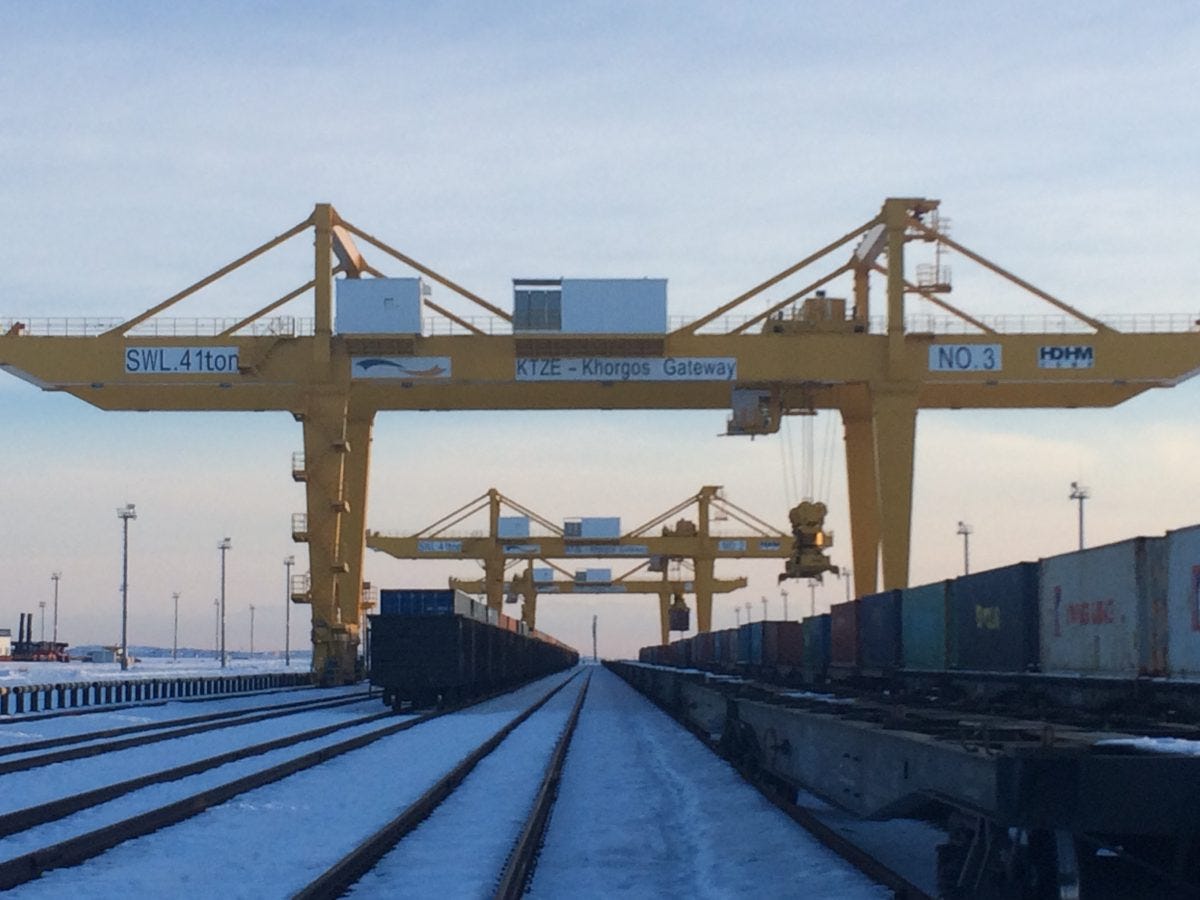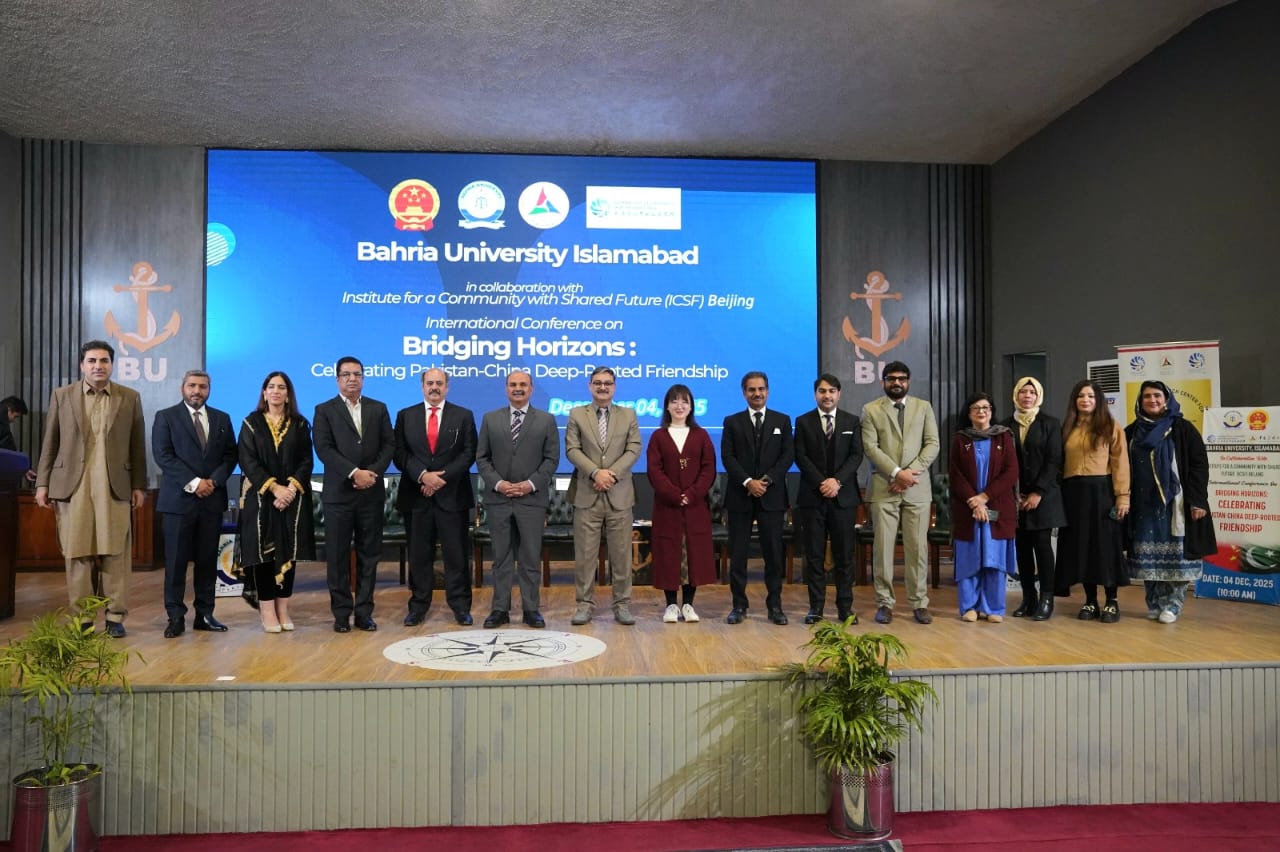In a world due to increasing geopolitical challenges, the strong partnership between China and the Association of Southeast Asian Nations (ASEAN) serves as a model of constructive regional cooperation and mutual respect based on shared development. This partnership, described by many as a “ship of friendship,” is a lighthouse guiding global aspirations for a more inclusive and balanced world system.
Since the inception of the Belt and Road Initiative (BRI) in 2013, ASEAN countries have been instrumental partners, jointly working to build a China-ASEAN community with a shared future. Together, China and ASEAN have demonstrated & fostered high-level cooperation in a wide range of areas such as infrastructure development, trade expansion, technological advancement, and foreign investment, showing how developing economies can rise through partnership rather than rivalry.
In terms of economic cooperation, the collaboration between China and ASEAN carries significant global weight, with the combined economic output of China and ASEAN constituting more than one-fifth of global GDP. While China boasts a population of over 1.4 billion, ASEAN is home to nearly 700 million people. In 2023, ASEAN’s collective GDP reached approximately $3.8 trillion, positioning it as the world’s fifth-largest economy. Given this backdrop, ASEAN’s market role and China’s global economic outreach have become increasingly intertwined, making their cooperation not only impactful but essential for global economic stability.
Since 2013, bilateral trade has expanded at an average annual growth rate of 7.5 percent, reaching a record $982.34 billion in 2024. China has been ASEAN’s largest trading partner for 16 consecutive years, while ASEAN has also become China’s largest trading partner over the past five years. The two sides have also expanded their cooperation beyond conventional domains such as agriculture, mining, transportation, and finance to emerging sectors like digital transformation and green development, with shared emphasis on high-quality development and new productive innovation. The digital economy and renewable energy industries, in particular, are becoming pillars of future growth.
China’s customs data for 2023 revealed that ASEAN was China’s second-largest source of agricultural imports, accounting for 15.6 percent of its total agricultural import value. Simultaneously, China emerged as ASEAN’s second-largest source of foreign investment, and the momentum continues to build.
China and ASEAN jointly approved the Action Plan on Implementing ASEAN-China Partnership on Digital Economy Cooperation in 2022. China’s strong backing of ASEAN’s Digital Masterplan 2025 and ASEAN Digital Community 2045, a shared vision to harness digital innovation for inclusive development through the signing of the Memorandums of Understanding (MOU) with various ASEAN nations to promote cross-border investment in the digital and green sectors. Notably, ASEAN has emerged as a key overseas investment destination for Chinese electric vehicle manufacturers and green technology enterprises.
Institutional cooperation between China and ASEAN has also matured significantly. Mechanisms such as the Regional Comprehensive Economic Partnership (RCEP), the China-ASEAN Free Trade Area 3.0, and the BRICS cooperation framework have deepened multilateral ties and boosted regional integration. Since the RCEP’s implementation in 2022, the agreement has played a transformative role in enhancing trade connectivity, strengthening industrial supply chains, and accelerating intra-regional integration. During 2024, China, acting as the RCEP’s non-ASEAN rotating chair, has partnered with Indonesia, the ASEAN chair, to jointly establish the RCEP Support Unit, a move welcomed across the region.
China’s strategic priority on ASEAN is deeply embedded in its foreign policy agenda. Recognizing ASEAN as a key partner in its neighborhood diplomacy, China has maintained a strong commitment to building a regional community with a shared future. High-level strategic collaboration is guided by international norms and charters, including the United Nations Charter, the ASEAN Charter, the Treaty of Amity and Cooperation in Southeast Asia, and the Five Principles of Peaceful Coexistence. These foundational principles ensure that China-ASEAN relations are rooted in mutual political trust, shared security interests, and a common vision for prosperity.
Since China proposed a closer China-ASEAN community with a shared future in 2013, the partnership has emerged as an important engine driving economic growth across the Asia-Pacific and serves as a vital anchor for regional peace, stability, and prosperity. Amid growing uncertainties and the rise of trade protectionism in other parts of the world, China and ASEAN’s collaborative model sends a strong signal that open regionalism, mutual respect, and shared growth are not only possible but preferable. Whether it’s climate change, pandemic response, or supply chain resilience, ASEAN’s collective approach, supported by partners like China, has reinforced its global role. Strengthening ASEAN’s institutional capabilities, promoting inclusive security dialogues, and encouraging multilateral frameworks are indispensable strategies to secure lasting peace and long-term economic resilience in the region.
China’s economic experience and financial resources can help guide ASEAN nations, particularly developing economies like Vietnam, to adjust policies, coordinate strategies, and ride the waves of global transformation. Both the China-ASEAN community with a shared future and ASEAN Community Vision 2025 rely on progress across three interconnected pillars, such as political-security cooperation, economic collaboration, and sociocultural integration.
As one of ASEAN’s fastest-growing economies, Vietnam has implemented structural reforms, prioritized innovation, and invested in its labor force, particularly in the private sector. These efforts aim to break free from the middle-income trap and position the country as a high-income economy by 2045. Stronger ties with China provide Vietnam with access to capital, technology, and market connectivity as all vital elements to achieve its long-term aspirations.
The China-ASEAN partnership is more than just a regional alliance; it is also a model for the Global South on how to achieve sustainable growth through cooperation. As the “ship of friendship” between China and ASEAN continues to sail forward, it carries with it the hopes of nearly 2.1 billion people and the promise of a future defined not by competition or division, but by harmony, resilience, and shared success.

Executive Director, Pakistan Research Center for a Community with Shared Future (PRCCSF).














